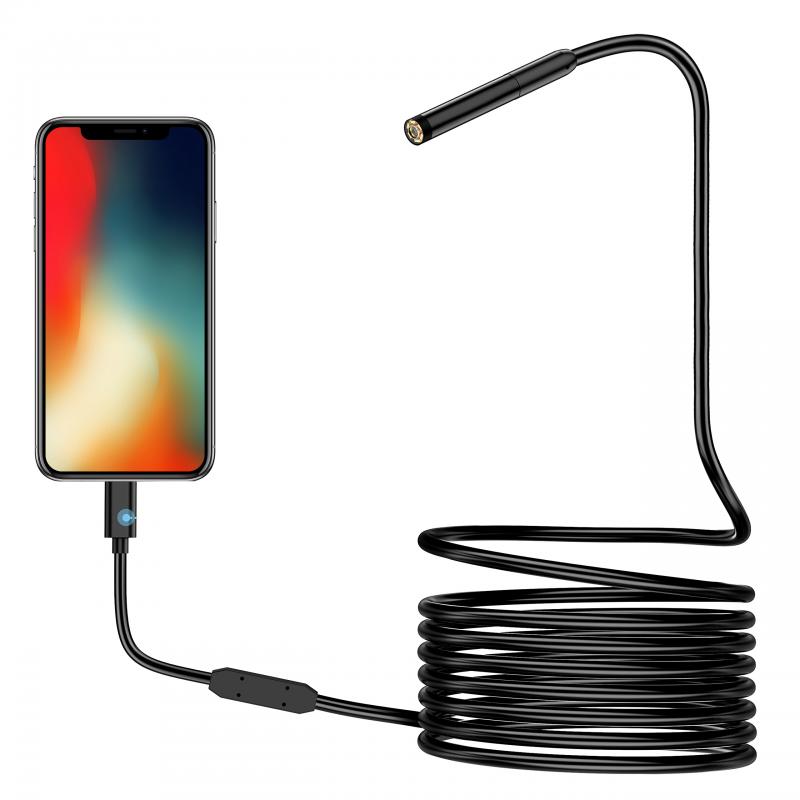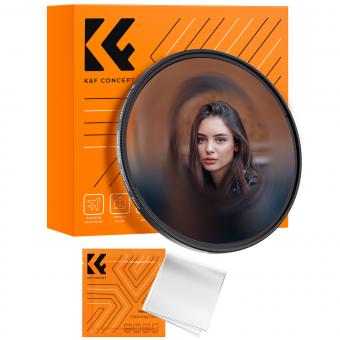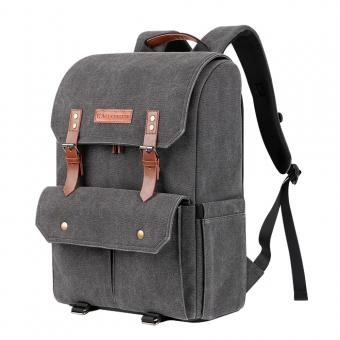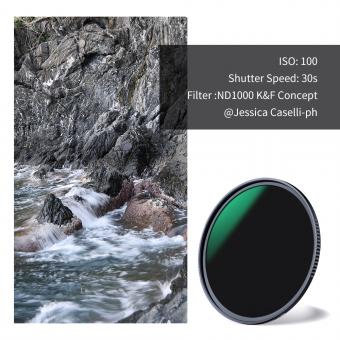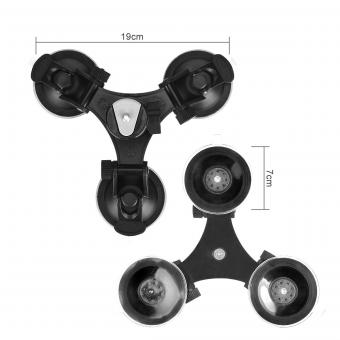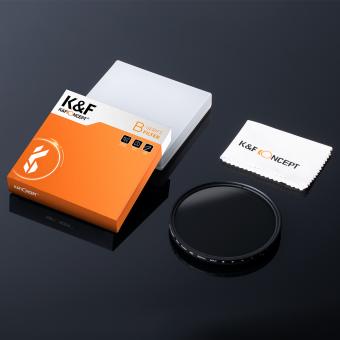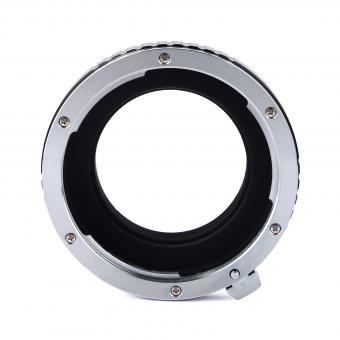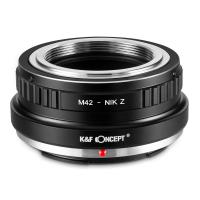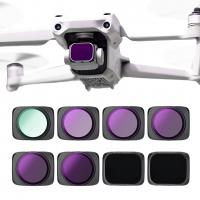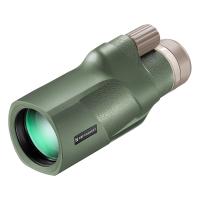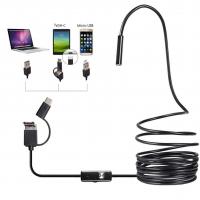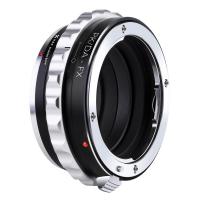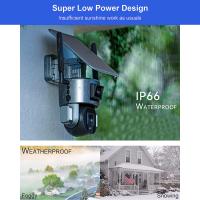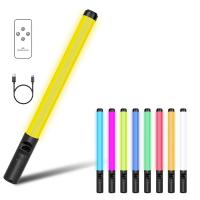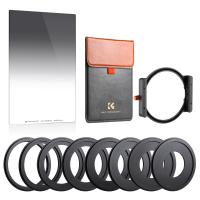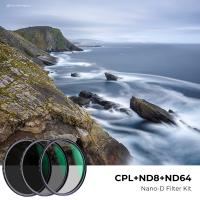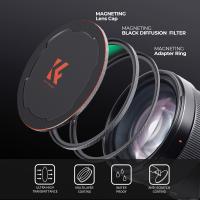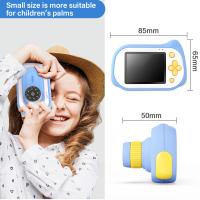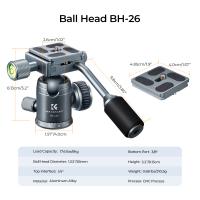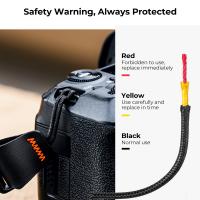What Size Is A Camera Tripod Thread ?
The standard size for a camera tripod thread is 1/4-20.
1、 Standard tripod thread sizes used in photography equipment
The standard tripod thread size used in photography equipment is 1/4"-20. This means that the thread has a diameter of 1/4 inch and 20 threads per inch. This size has been widely adopted in the industry and is compatible with most cameras and tripod heads.
However, it is important to note that there are other thread sizes used in specific cases. For example, some larger and heavier cameras may require a larger thread size such as 3/8"-16. This size provides a stronger connection and can support the weight of heavier equipment.
In recent years, there has been a growing trend towards smaller and more compact cameras, such as mirrorless cameras. These cameras often come with a smaller thread size known as 3/8"-16 to 1/4"-20 adapter. This allows photographers to use their existing tripods with the smaller cameras without the need for additional equipment.
Additionally, some tripod manufacturers have started introducing alternative thread sizes to cater to specific needs. For example, some tripods now come with a 3/8"-16 thread on one side and a 1/4"-20 thread on the other side, providing versatility and compatibility with different equipment.
In conclusion, the standard tripod thread size used in photography equipment is 1/4"-20. However, it is important to be aware of other thread sizes that may be required for larger or smaller cameras. The industry is constantly evolving, and manufacturers are introducing new options to cater to the changing needs of photographers.
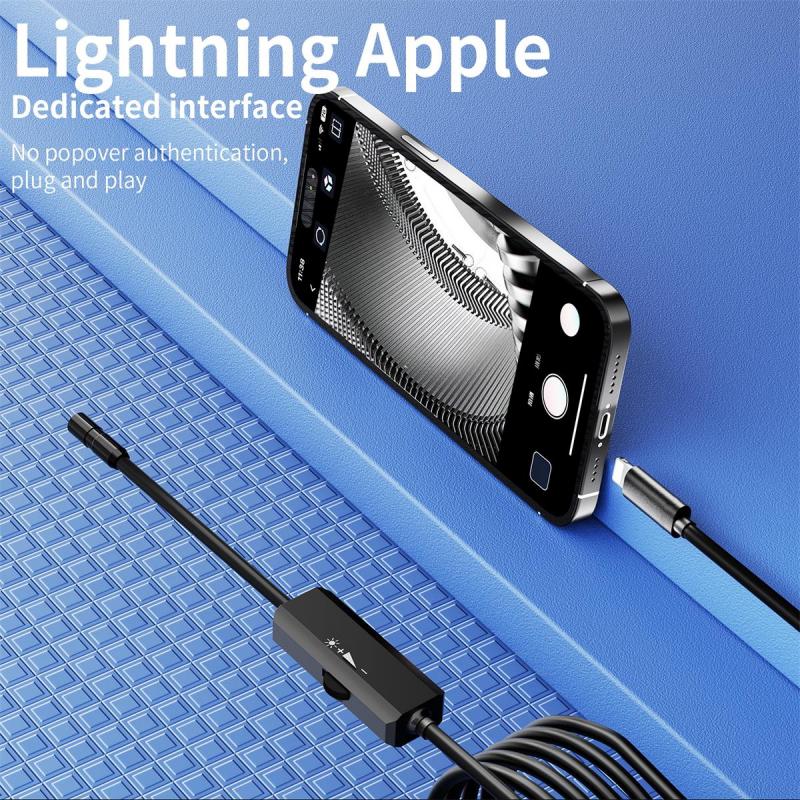
2、 Common thread sizes for camera tripod mounts
Common thread sizes for camera tripod mounts are typically either 1/4-inch or 3/8-inch. These thread sizes refer to the diameter of the screw that attaches the camera to the tripod. The 1/4-inch thread size is the most common and is used by the majority of consumer-level cameras and tripods. The 3/8-inch thread size is more commonly found on professional-grade tripods and larger cameras.
It is important to note that while these are the most common thread sizes, there are some variations and exceptions. For example, some smaller cameras may use a smaller thread size, such as 3/16-inch. Additionally, there are adapters available that allow you to convert between different thread sizes, so you can use a camera with a 1/4-inch thread on a tripod with a 3/8-inch thread, and vice versa.
In recent years, there has been a rise in the popularity of mirrorless cameras, which are smaller and lighter than traditional DSLR cameras. As a result, some manufacturers have started to introduce smaller thread sizes, such as 1/8-inch, to accommodate these smaller cameras. However, these smaller thread sizes are not yet as widely adopted as the 1/4-inch and 3/8-inch sizes.
Overall, the most common thread sizes for camera tripod mounts are 1/4-inch and 3/8-inch, but it is always important to check the specifications of your camera and tripod to ensure compatibility.
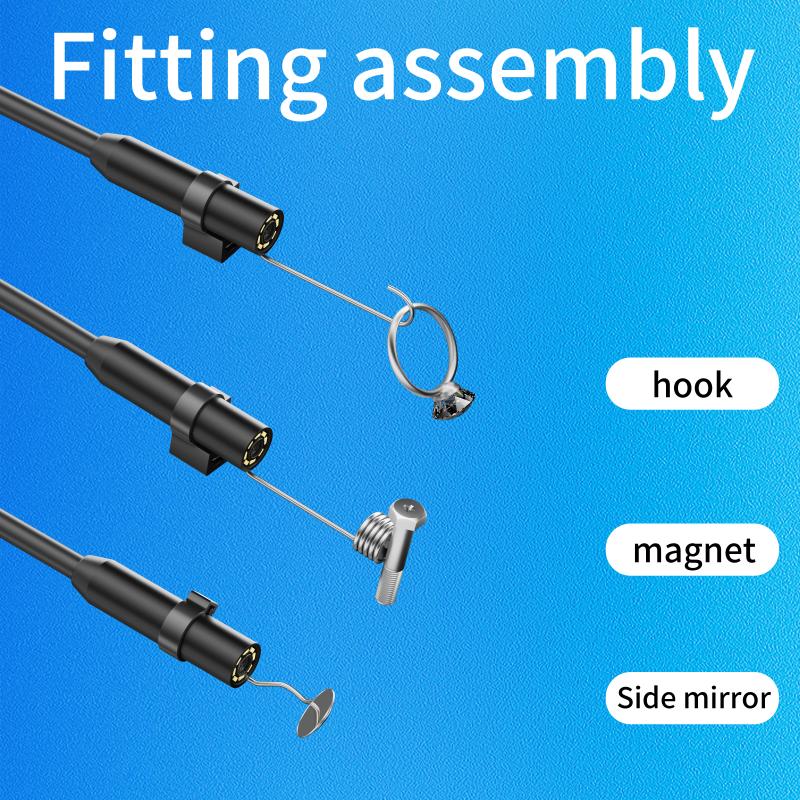
3、 Thread sizes for tripod heads and quick release plates
The size of a camera tripod thread is a commonly asked question among photographers and videographers. The standard thread size for tripod heads and quick release plates is 1/4-20. This means that the thread has a diameter of 1/4 inch and 20 threads per inch. This size has been widely adopted in the industry and is compatible with most cameras and tripod accessories.
However, it is important to note that there are other thread sizes available as well. Some larger and heavier cameras may require a larger thread size, such as 3/8-16. This size has a diameter of 3/8 inch and 16 threads per inch, providing a stronger and more secure connection for heavier equipment.
In recent years, there has been a growing trend towards using Arca-Swiss style quick release plates. These plates feature a dovetail design and are becoming increasingly popular due to their versatility and compatibility with a wide range of tripod heads. The Arca-Swiss style plates typically have a 1/4-20 thread size, but there are also options available with a 3/8-16 thread size for heavier setups.
It is worth mentioning that some tripod manufacturers may use proprietary thread sizes for their specific models. In such cases, it is important to ensure compatibility between the tripod head and the camera or accessory being used.
In conclusion, the standard thread size for tripod heads and quick release plates is 1/4-20, but other sizes such as 3/8-16 are also available for heavier equipment. The rise in popularity of Arca-Swiss style plates has further expanded the options for photographers and videographers, providing a versatile and secure mounting solution.
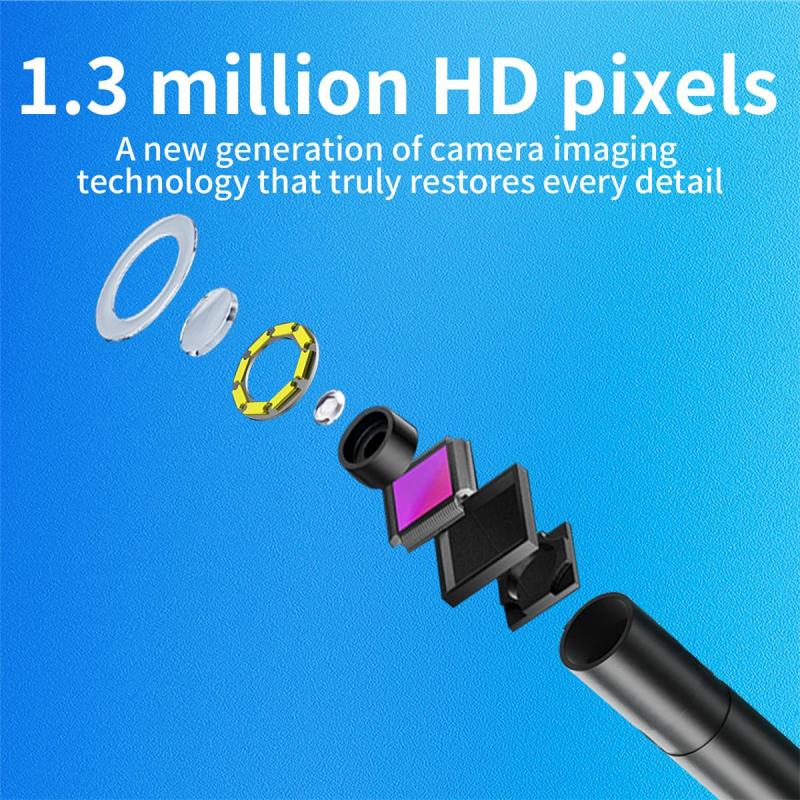
4、 Metric and imperial measurements for camera tripod thread sizes
The size of a camera tripod thread can vary depending on the specific model and manufacturer. However, there are two common measurements used for camera tripod threads: metric and imperial.
Metric measurements are commonly used in Europe and many other parts of the world. The most common metric thread size for camera tripods is 3/8-inch, which refers to the diameter of the thread. This size is often used for professional-grade tripods and is compatible with a wide range of tripod heads and accessories.
Imperial measurements, on the other hand, are commonly used in the United States and a few other countries. The most common imperial thread size for camera tripods is 1/4-inch, which is slightly smaller than the metric 3/8-inch size. This size is often used for consumer-grade tripods and is also compatible with a variety of tripod heads and accessories.
It's worth noting that some tripods and tripod heads may have both metric and imperial threads, allowing for greater compatibility with different equipment. Additionally, there are adapters available that can convert between metric and imperial thread sizes, further expanding the range of compatibility.
As technology and manufacturing processes evolve, there may be new developments in camera tripod thread sizes. It's always a good idea to check the specifications of your specific tripod or tripod head to ensure compatibility with your camera and other accessories.
